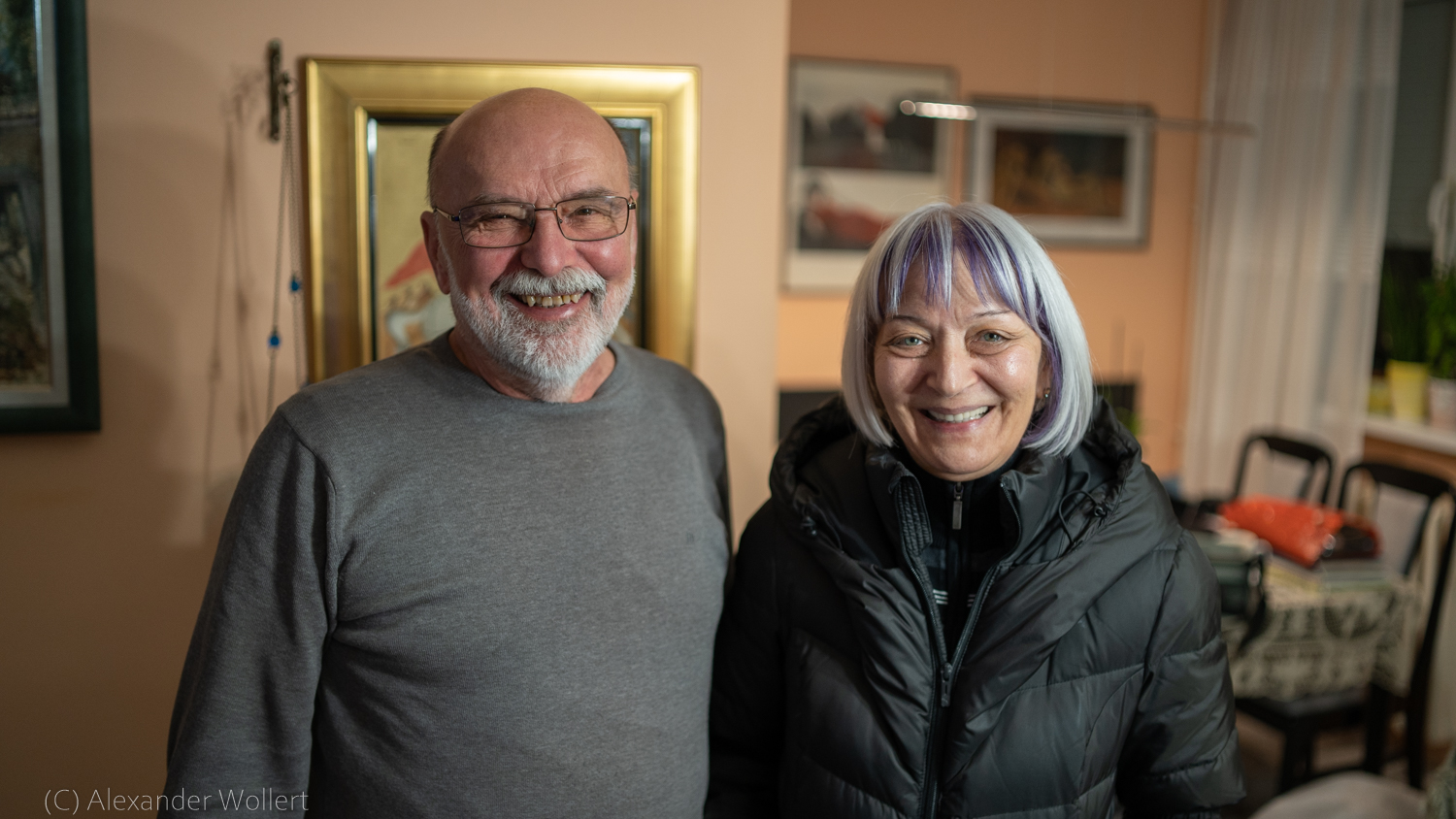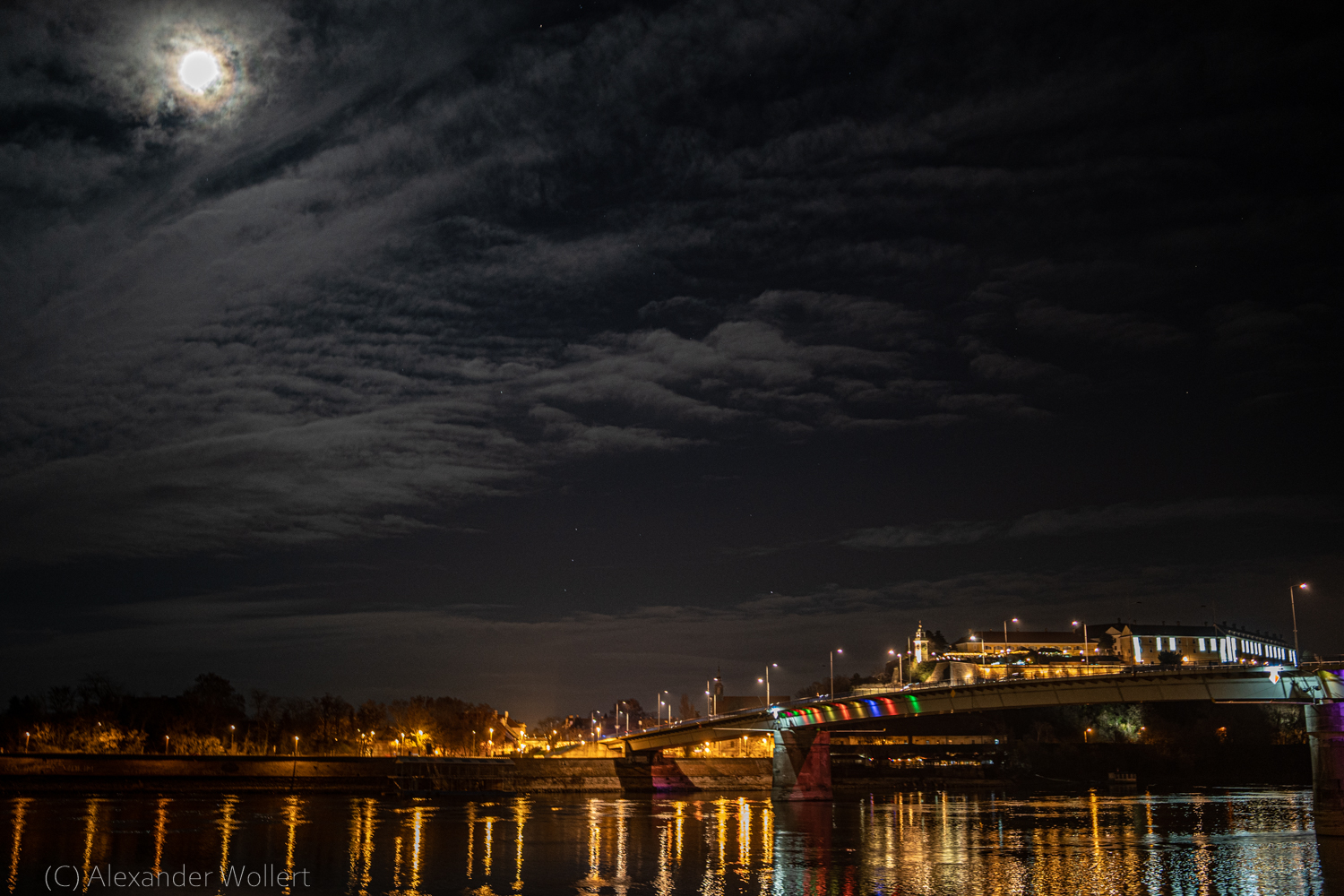Diary Entry
Serbia has a spontaneous snow front under control as we are on the way from Belgrade to my friend Uros’ hometown. I really don’t see anything of the surroundings, even when my companion tries to describe what the flat country looks like here or how imposing the Danube is at the point where we cross it over a long bridge.
I hardly see anything of the city itself either. Uros steers the car over a bridge called the Rainbow Bridge, but apart from a little gray you can’t see anything. The car struggles its way up a hill and we get to the Petrovaradin fortress, the symbol of the city. The wind blows bitterly cold and if you don’t move you will soon be covered in snow. We walk along the outer walls of the fortress and I get a small impression of the view over the Danube and the city.
Uros explains to me that Novi Sad is the headquarters of the Vojvodina province. This part of Serbia differs significantly from the rest of Serbia, because everything up to the Austria-Hungary river used to be here. This is reflected in the architecture, the food and even the language and behavior of the residents. Uros claims that the people of Vojvodina are much more polite than in the rest of Serbia. Well, Uros was born here herself.
In addition to “Spätzle“, “Dampfnudel” and “Strudel“, there are other dishes from German-speaking countries. And also a lot of words. Mainly for tools, but also “apetit“, “fruštik“, “lampa” and “kibitzfenster“. I explain the German word “Weißwurstäquator” to Uros. He laughs and says that this word can be used similarly in the other custom on the border between Vojvodina and the other side of Serbia.



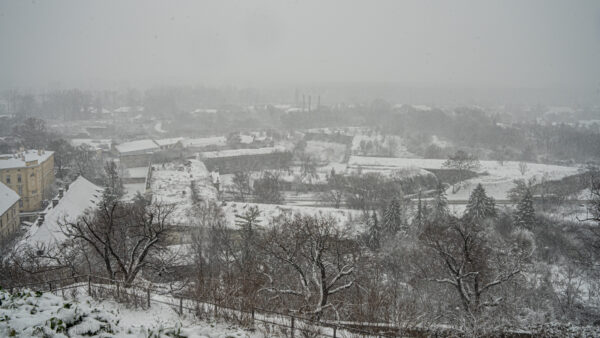










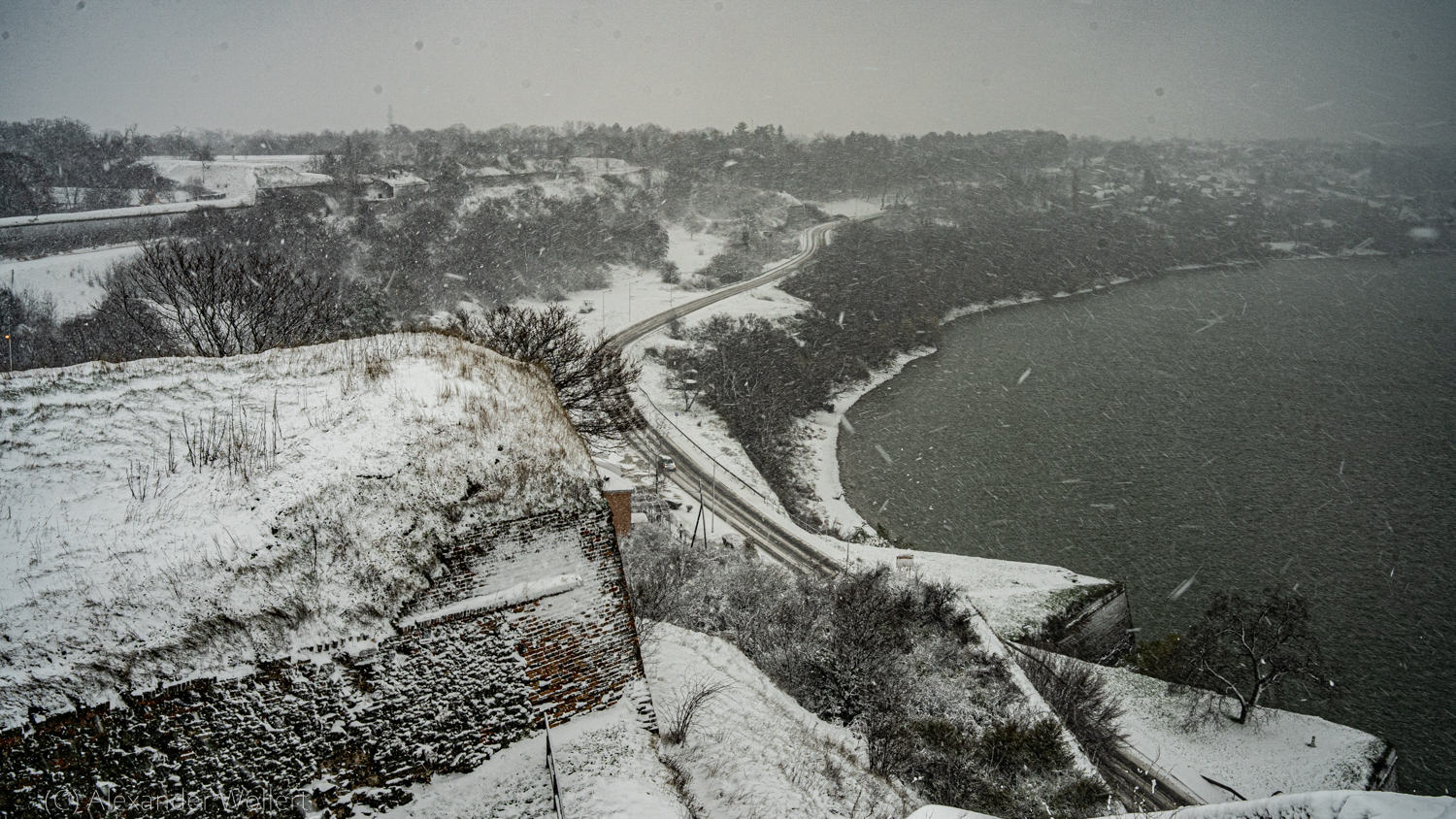


Uros parks the car near a park and we stroll downtown. Here, too, the snow gets higher quickly. City life also seems to be frozen. There is not much movement in the streets.
My friend says with an iron tone that the residents of Novi Sad cannot drive a car at all and tend to be nerve-racking coziness.





We have an appointment with Uro’s best friends in a restaurant. Steva and Marya live here and were able to hand over their newborn twins to their parents for the celebration of the day. There is also Nina, who once lived in Germany as a child for a few years and is now a very talented artist.
Steva knows a lot about wine and rakya and recommends something very good of both. He wants to start a vineyard himself and I’m looking forward to the result. There is a lot of rakya and portions so large that I get stomach aches again from eating too much.


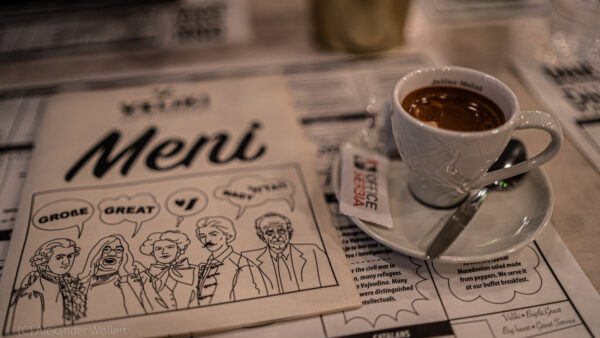


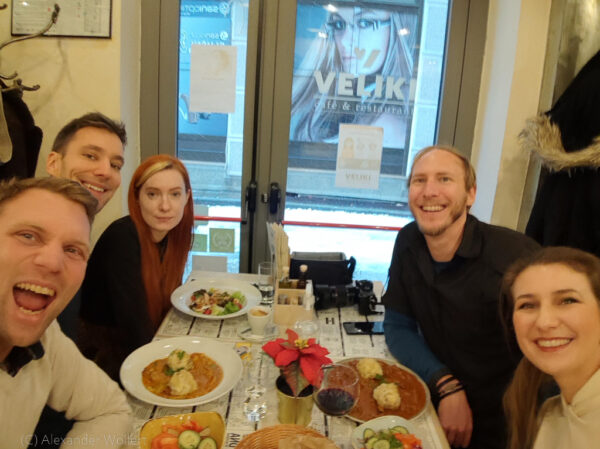
After dinner we say goodbye to each other and even I am sad, even though I have only just met these people. I look forward to the prospect of visiting her again with Uros next weekend.
We walk on through the city, over which the sun has already set and which shines through the lights in a whole new, happier and more Christmassy glow. The town hall shines widely and Uros leads me to the synagogue, where a concert is taking place this evening, like many others.
On the way back we pay a visit to Uros’s parents, which does not help me to relieve the pain in my stomach. There are plenty of bits and pieces and cookies. I also take my parents very seriously.
I am more saddened by the stories the family has to tell about the NATO attacks in 1999. We are standing on the balcony of her apartment in a high-rise building when Marya, Uro’s mother, tells me where the American Tomahawk missiles struck close to the house, how the whole house was shaking while the children were still playing.

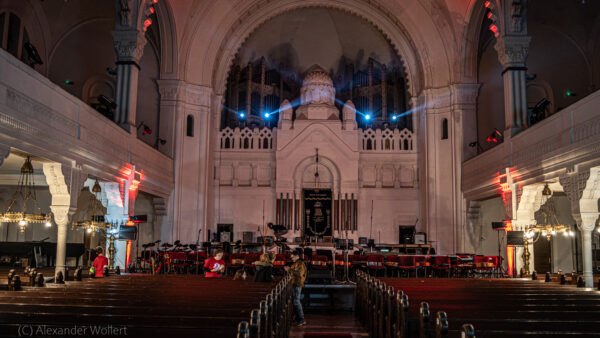

After a week we return to Novi Sad and see the city from a completely different, sunny side. The snow has melted and the sun hits the clouds every now and then.
Only now can you see the colorful facades of the houses in the city and it immediately looks much friendlier.




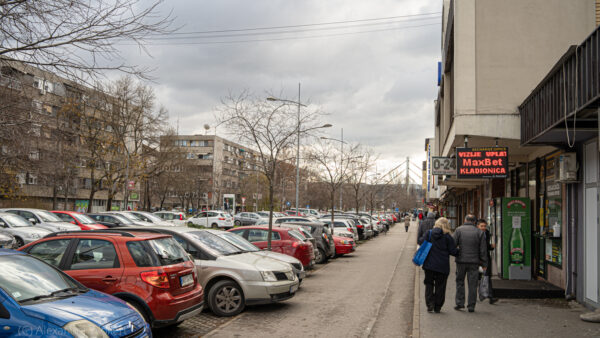
After I did a Covid-19 antigen test for my early trip home, we set off on a little trip out of the city. At the gates of Novi Sad there is the national park “Fruška Gora“, where we meet Steva and Marya again for lunch.
It’s nice to meet them again. We have an excellent meal in a hut on the mountain with numerous rakyas and mala punas.


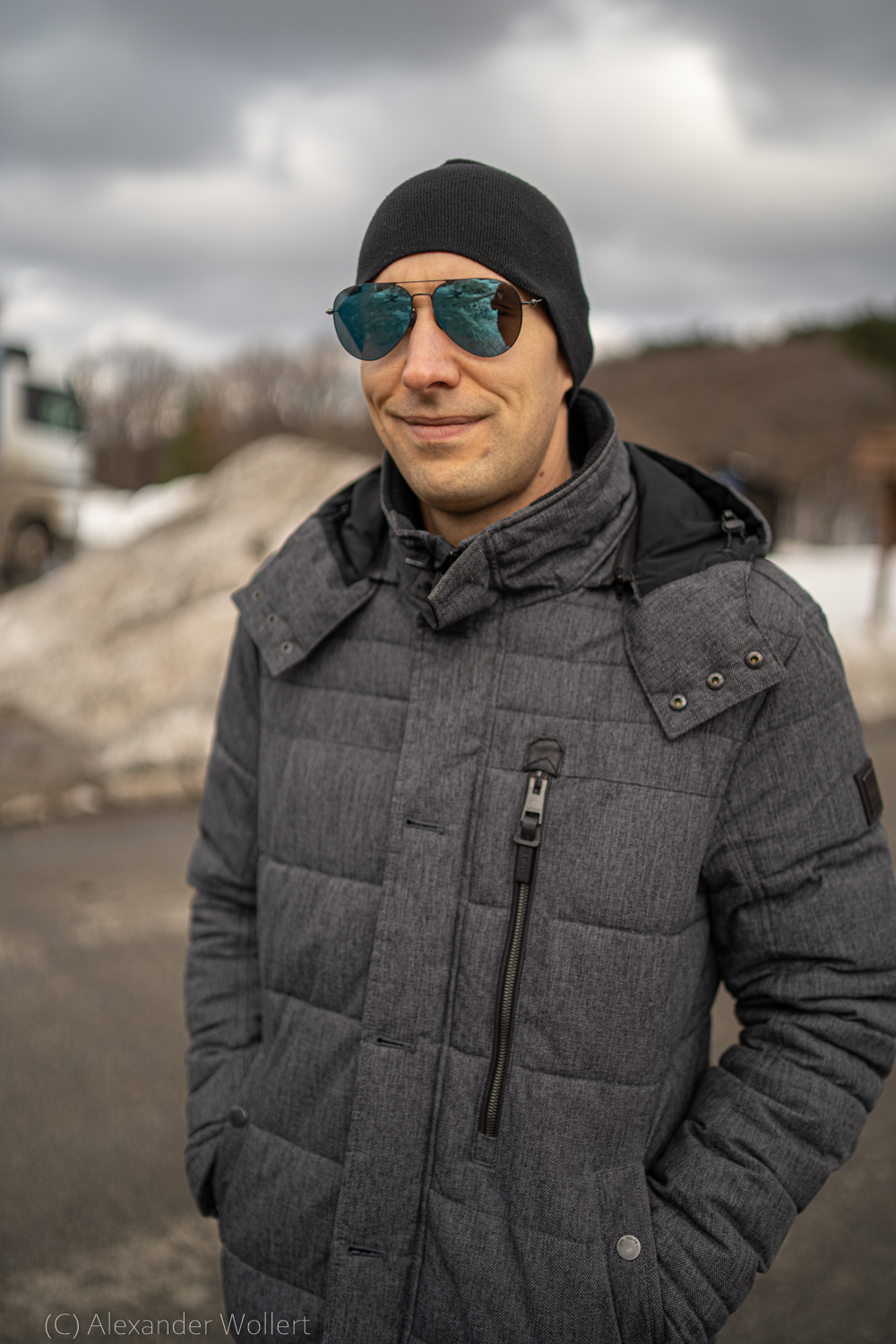



We return to the city center, which I can now see from its completely different side. It’s hard to recognize something.
There is a Christmas market in front of the town hall that we want to see.






Germany in little after. There are artisans who offer their art, local producers of sausage, cheese, alcohol and confectionery, and of course food and mulled wine stands.
I stock up on some goodies and Uros also controls a few things so that I can return to Germany fully loaded with a clear conscience.




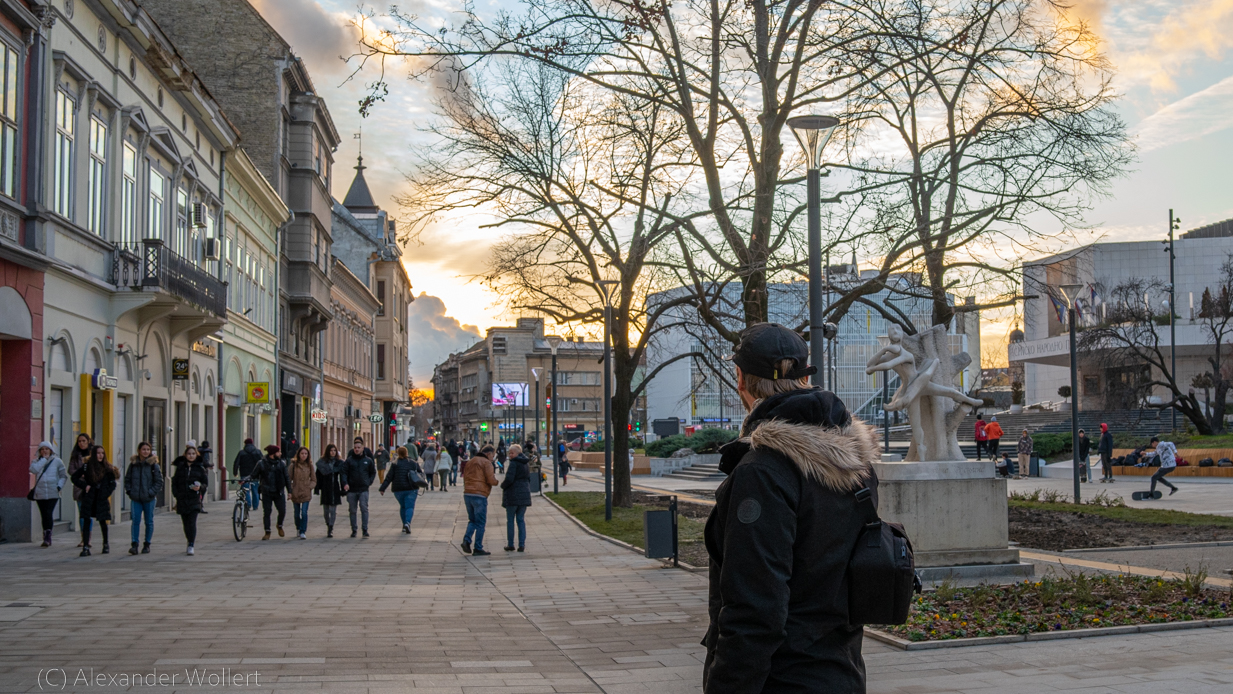
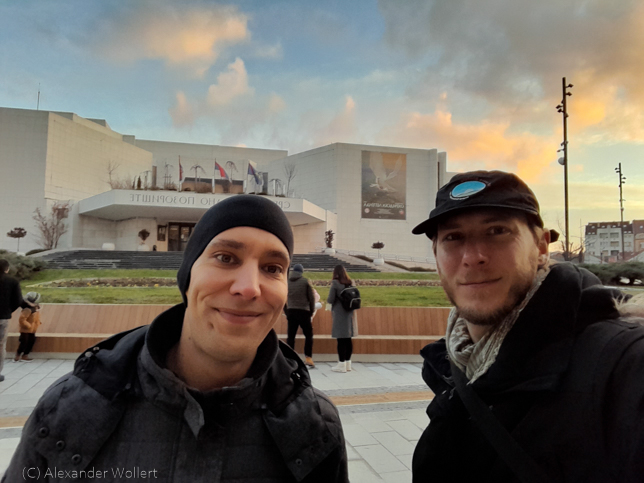
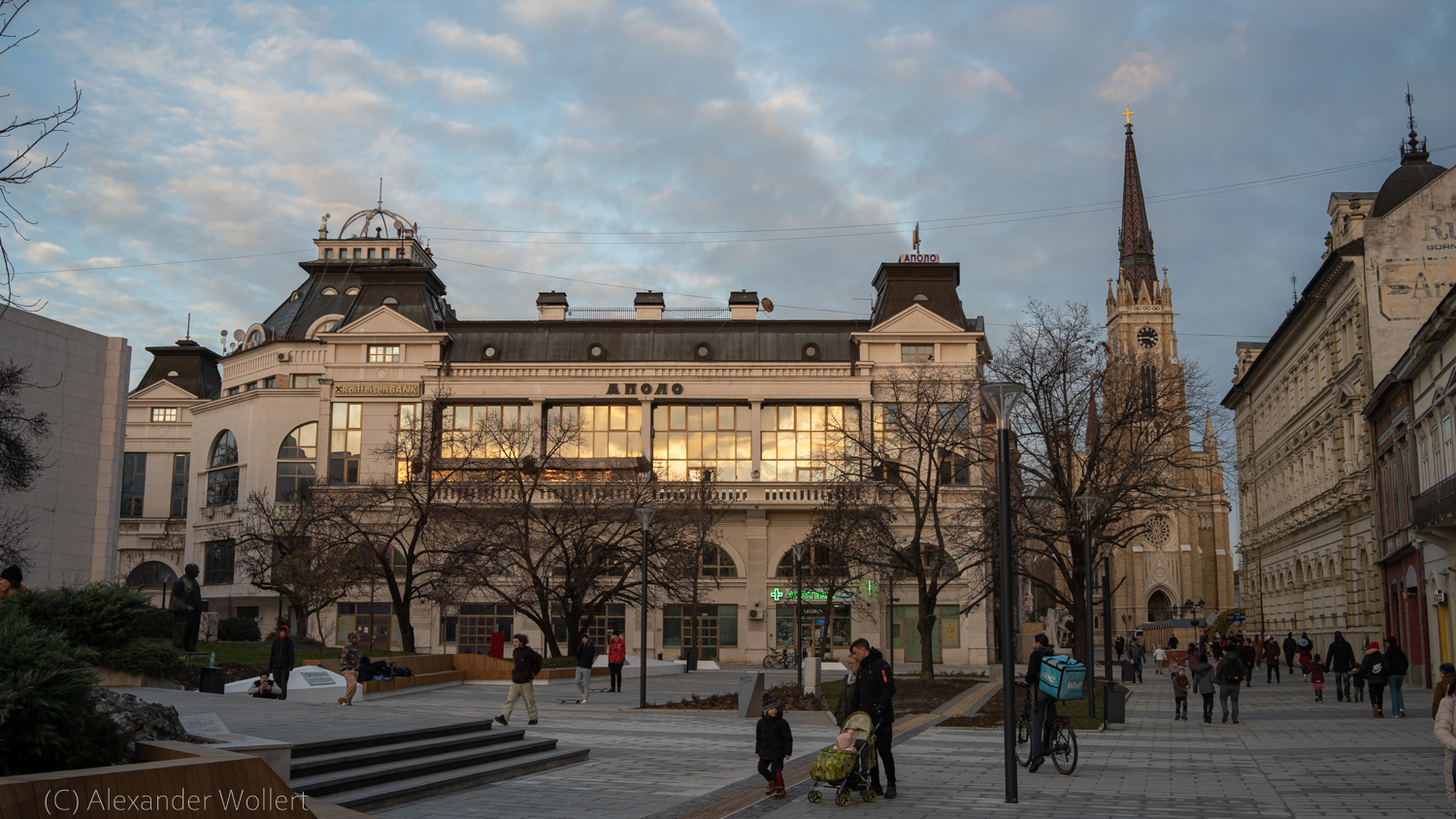









We visit Uro’s parents again and it’s a Deja Vú again. There are cookies and biscuits and my stomach is tense to burst again. The parents give me a warm welcome and freely show me photos of their younger son.
When I see my camera, my father Milan shows me his equipment, his Leica camera body and the two lenses. With a photo of the two of them, I say goodbye to them and the city.
On the way out of town, I ask Uros for one last stop. We pass the illuminated fortress and the bridge now shimmers in rainbow colors, true to its name. It is a beautiful farewell picture from a city full of glowing hearts.
